History
The story of Castelo Bom is lost in time. Although, probably the lands that today make up the parish have already been occupied by the same people to which the engravings of Foz Côa belong, the first trace reliable of the human occupation of Castelo Bom dates from the Bronze Age, as evidenced by the sword of the Age of Bronze found here and exhibited at the museum of Guarda, was disputed by Portuguese, Moors, Leonians and Castilians, until it is definitively passed into Portuguese hands through the Treaty of Alcanizes in 1297. Their castle, built by the Leoneses, was, because of its location in an always tense border area, one of the main squares, either from 12th-century Lionese rule, until the 19th century. It received a Portuguese charter on November 8, 1296, by D. Dinis, and a New charter in 1510, by D. Manuel I. Both monarchs ordered repairs to the castle. During the War of Restoration (1640-1668) he defended the country and served as a refuge to the Governors of Beira. In August 1810, during the 3rd French invasion, it was invaded and plundered, their castle having been severely affected. The population, in fear of the French troops, took refuge by the river Côa, from where they watched the destruction of your village, with nothing they can do. But before they leave, the people will have hiding the most precious possessions of the Church, digging a hole in a humble house from the village, managing to save them. At the end of the invasion, when the people returned to the village, the scenario was bleak: the crops were destroyed, the wine had been spilled of the kites, the town was defenceless and the very rich collection of the Municipal Archives had was set on fire. The next few years were one of hunger and suffering for everyone in Castelo Bom, who would never know the prosperity of old.




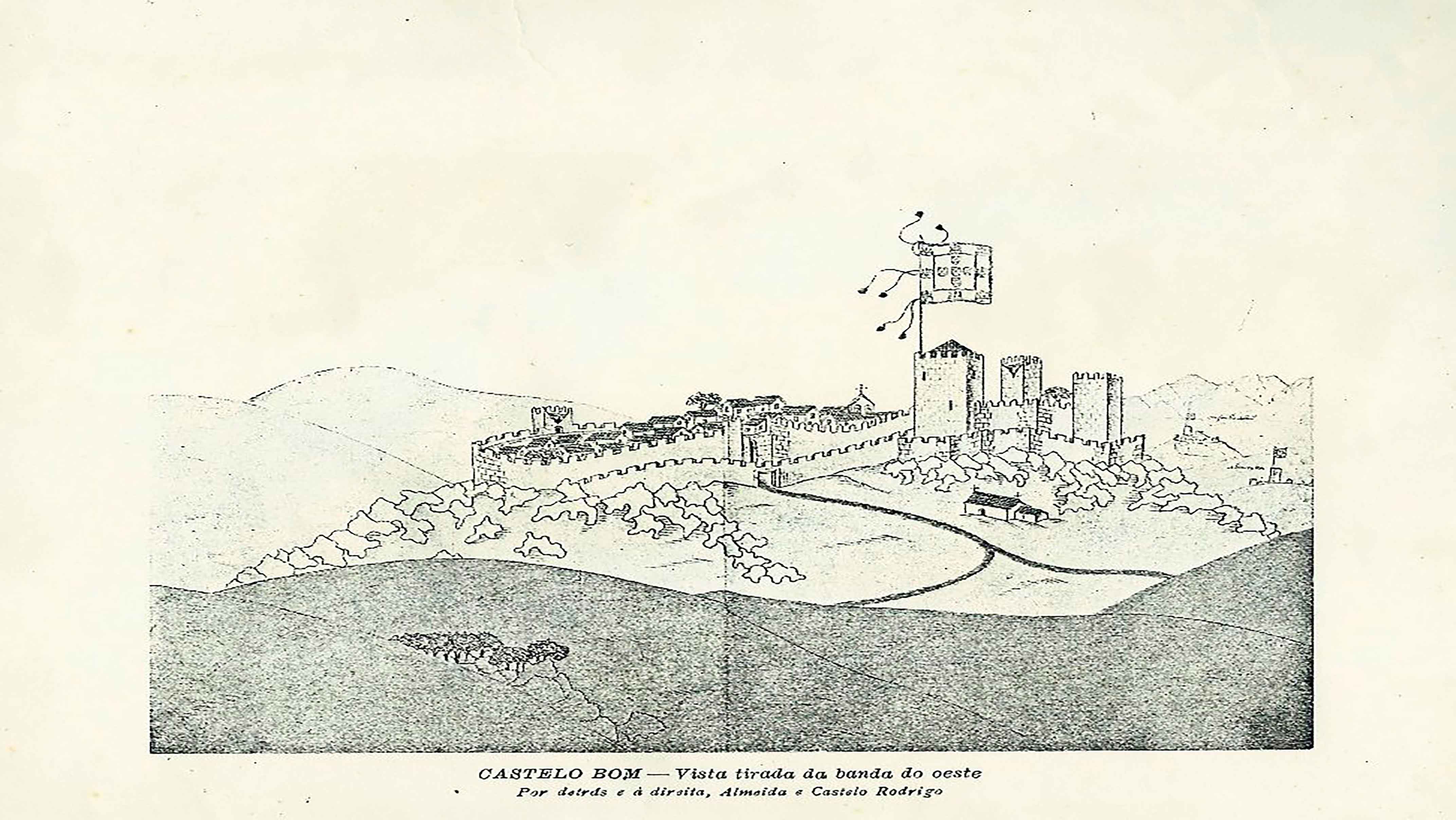


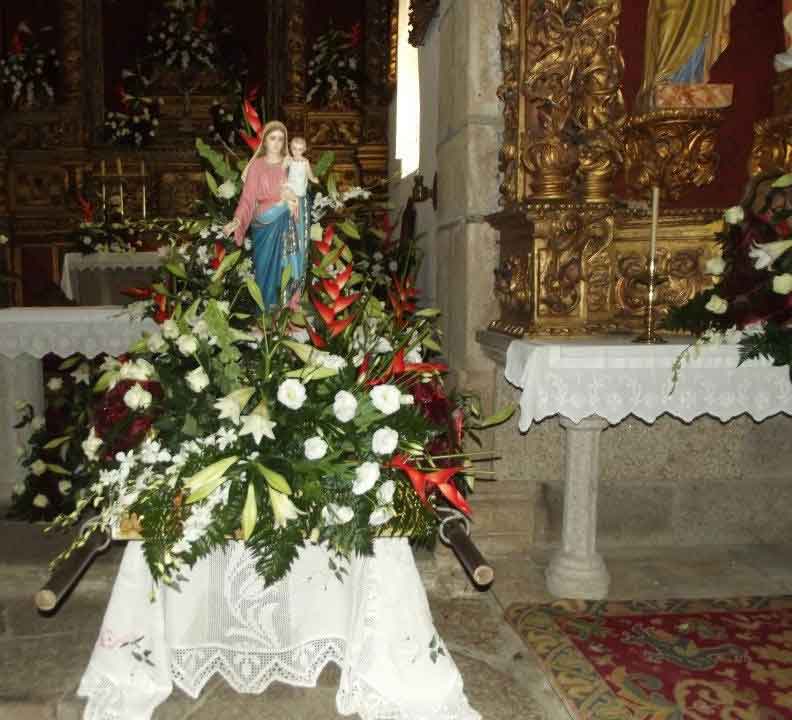

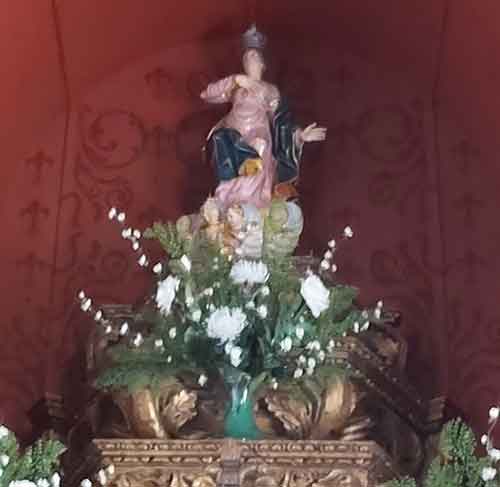
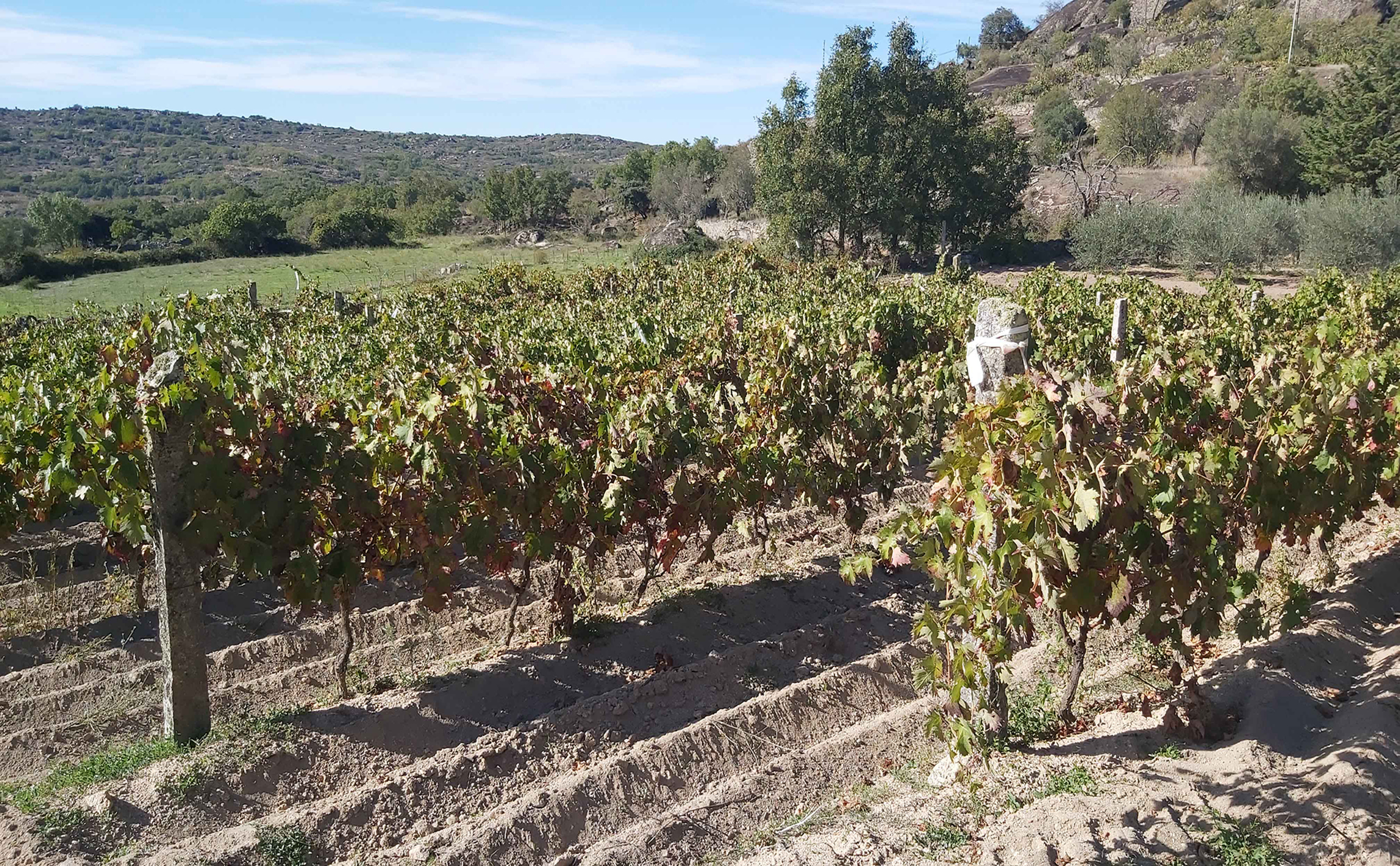





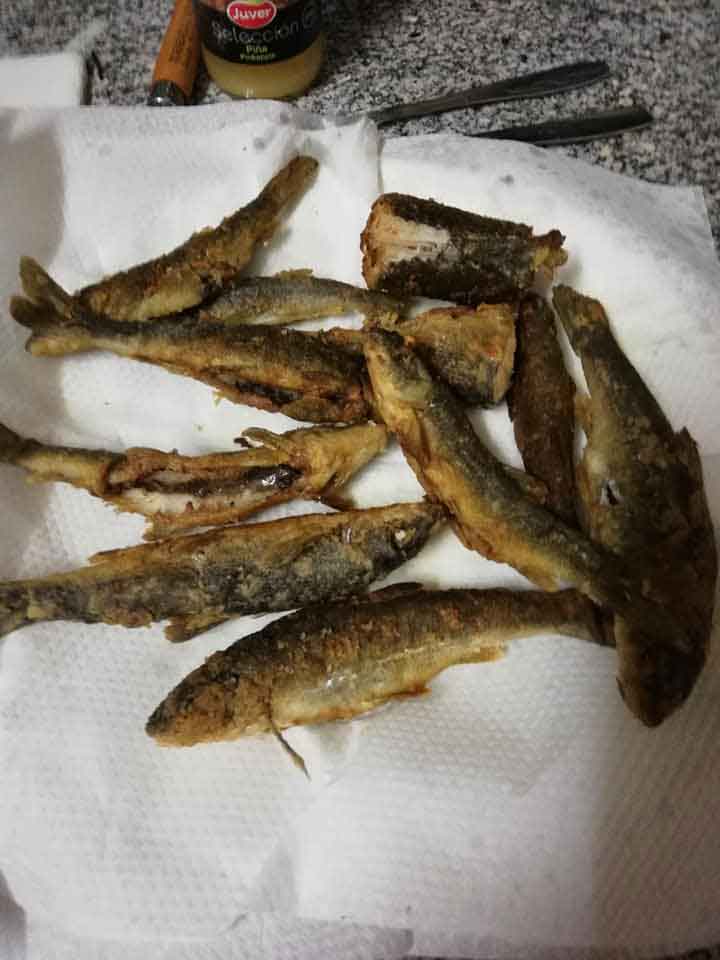
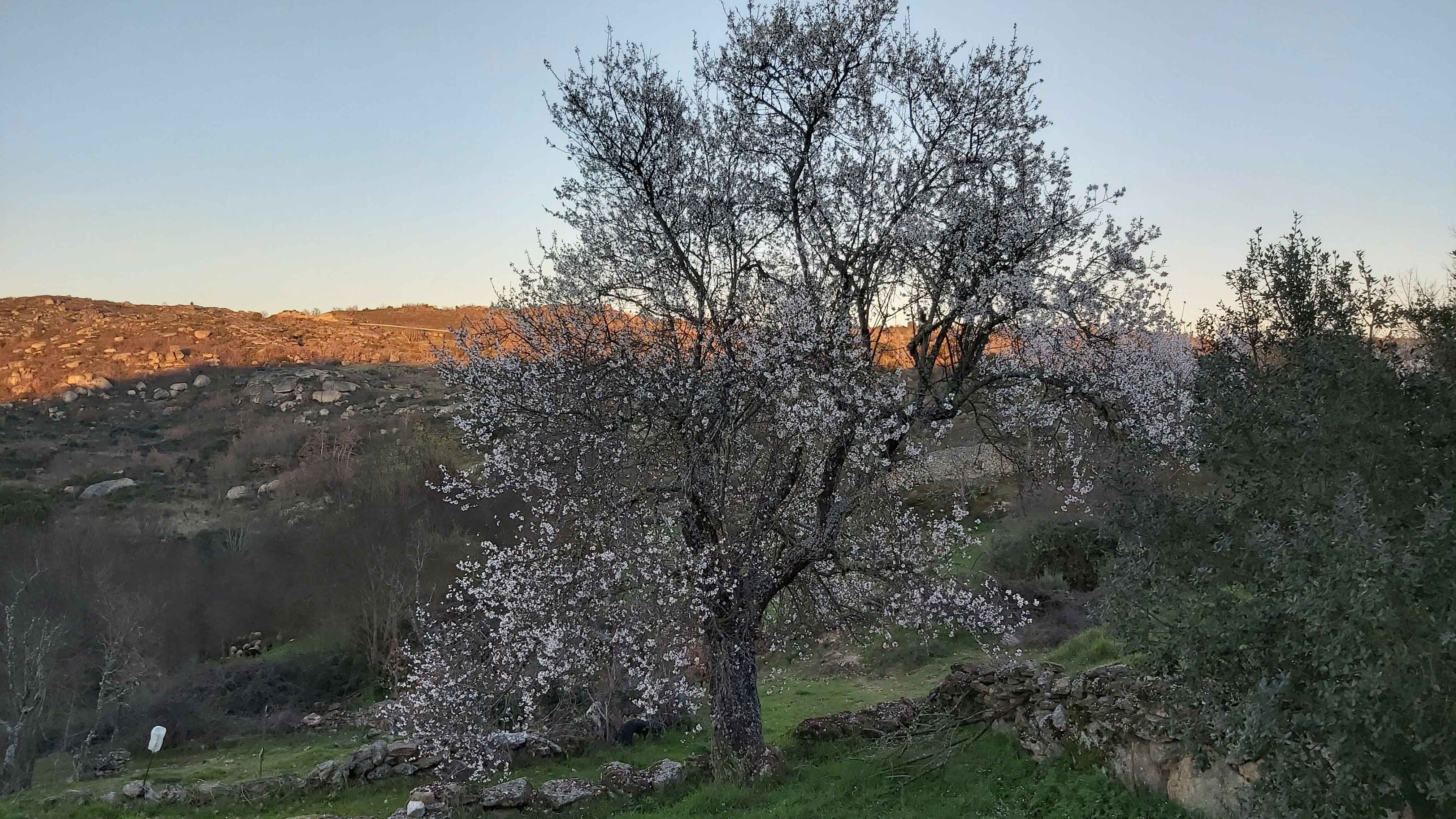
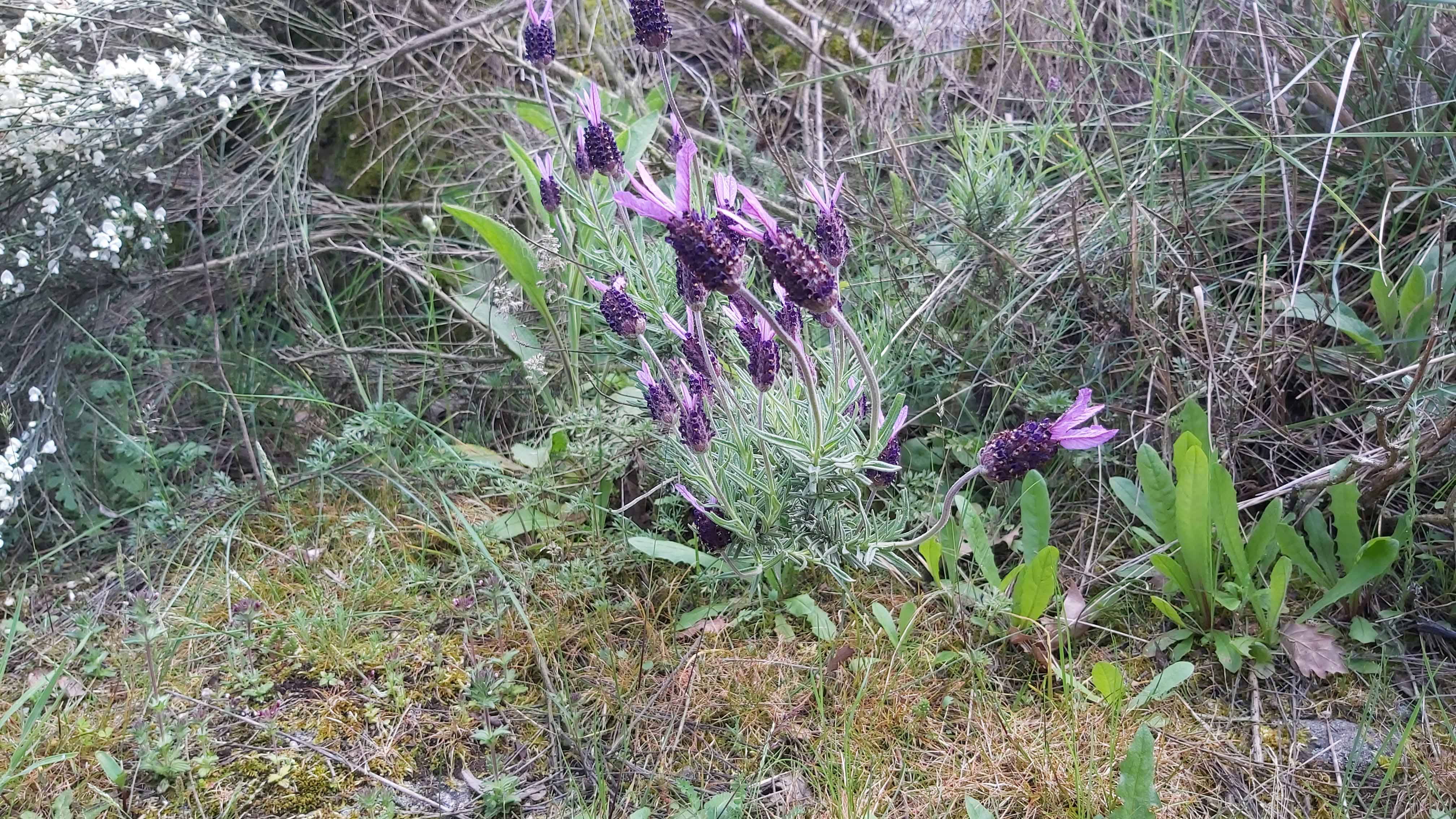
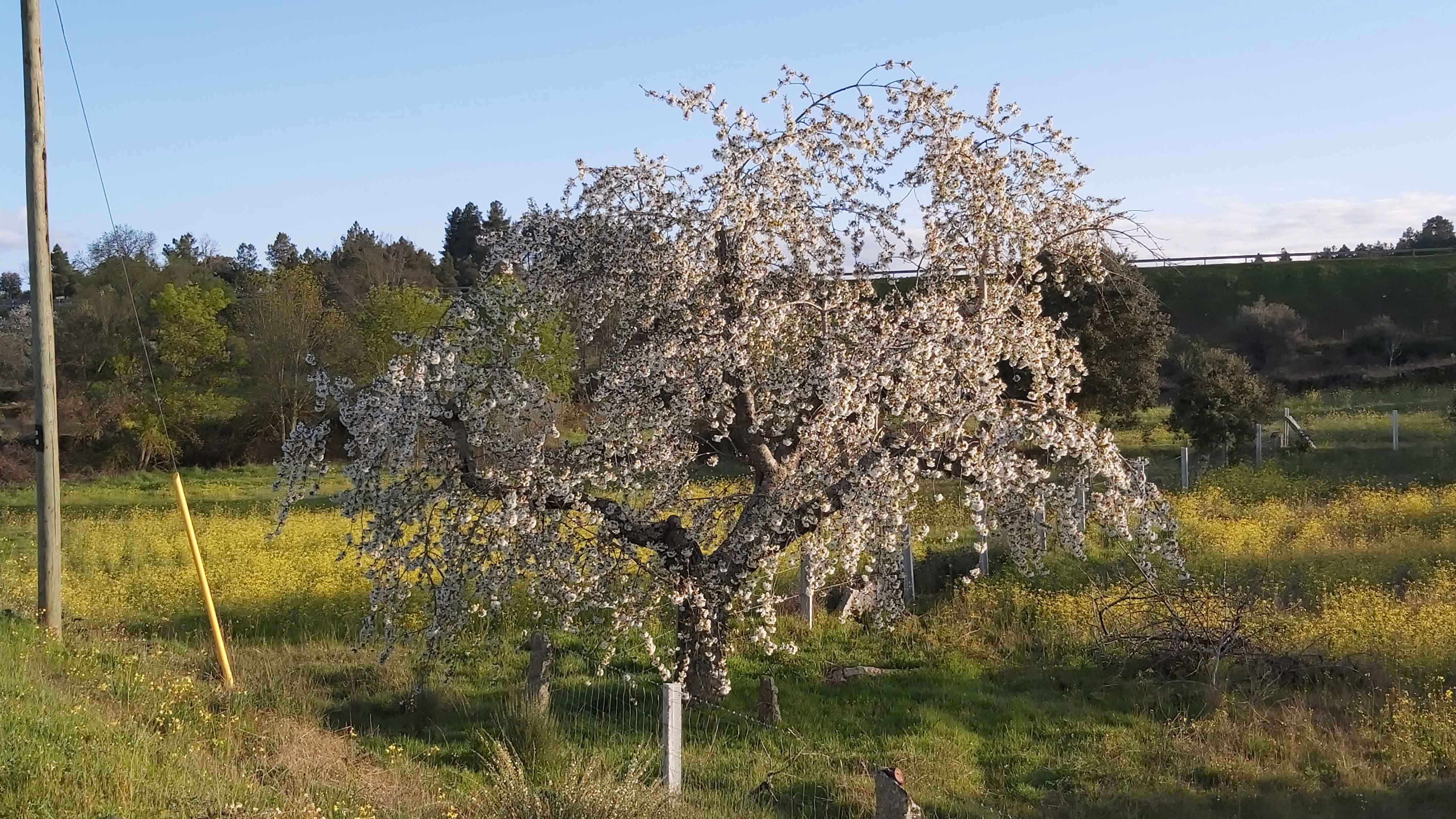

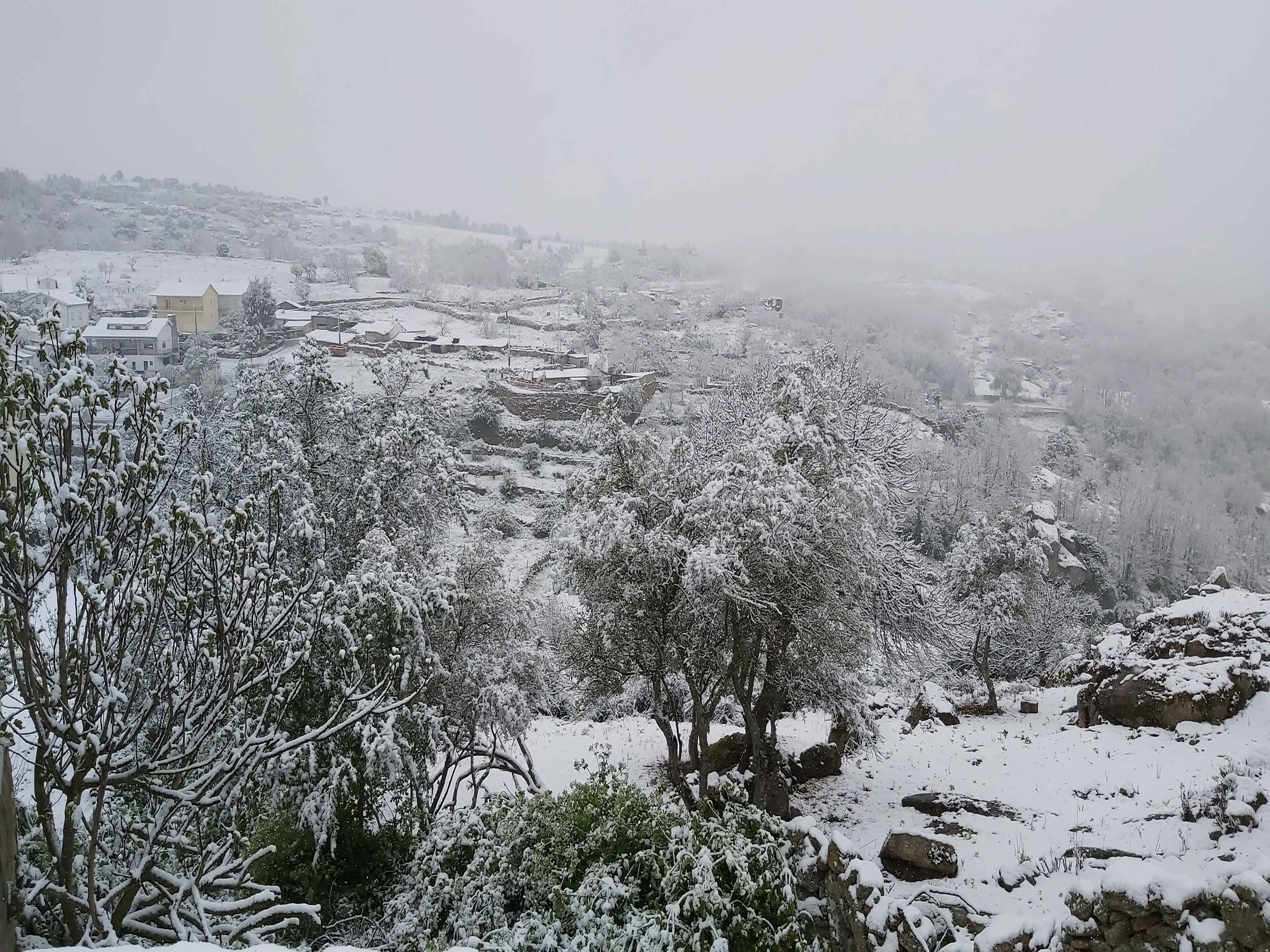

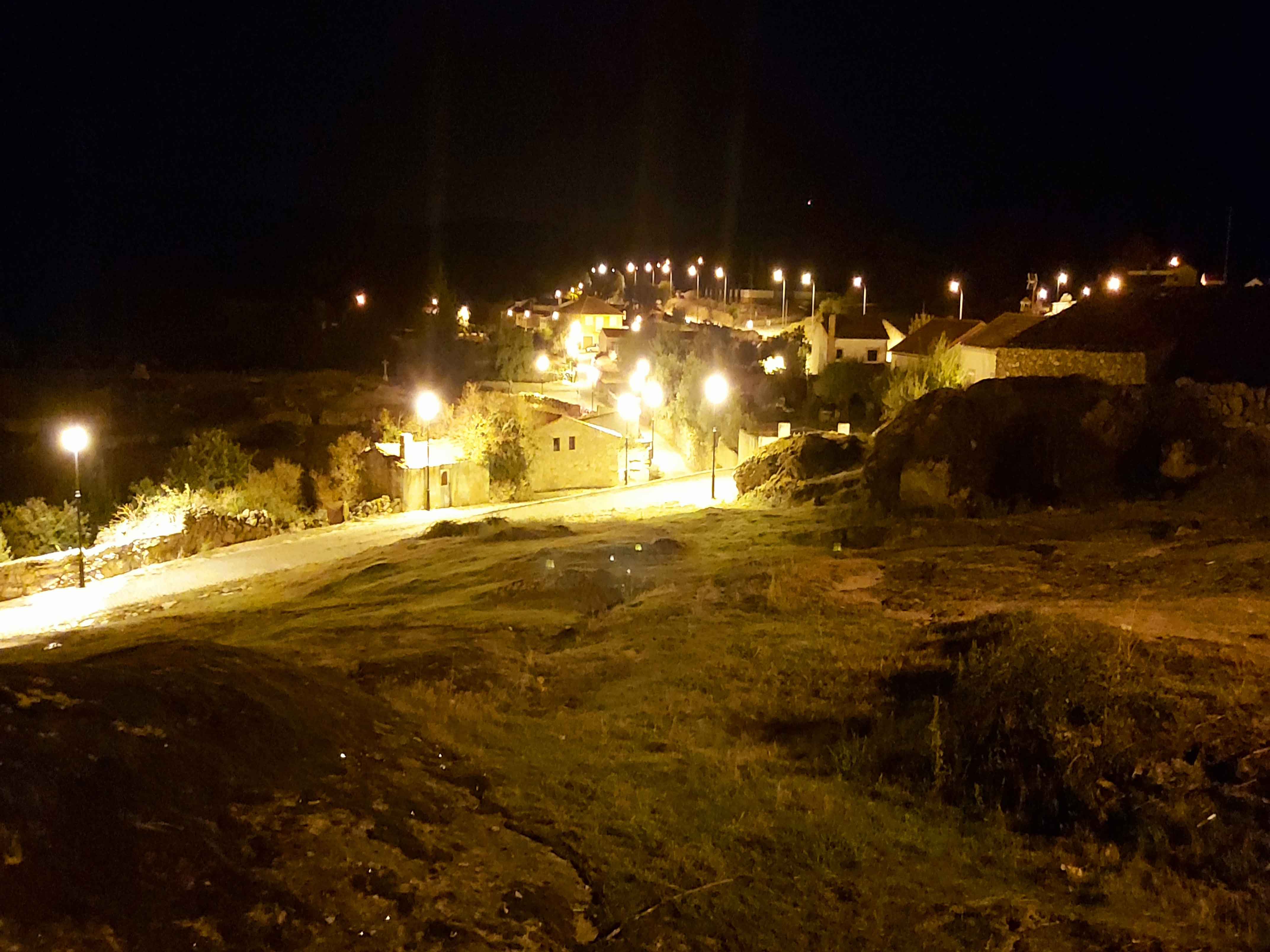

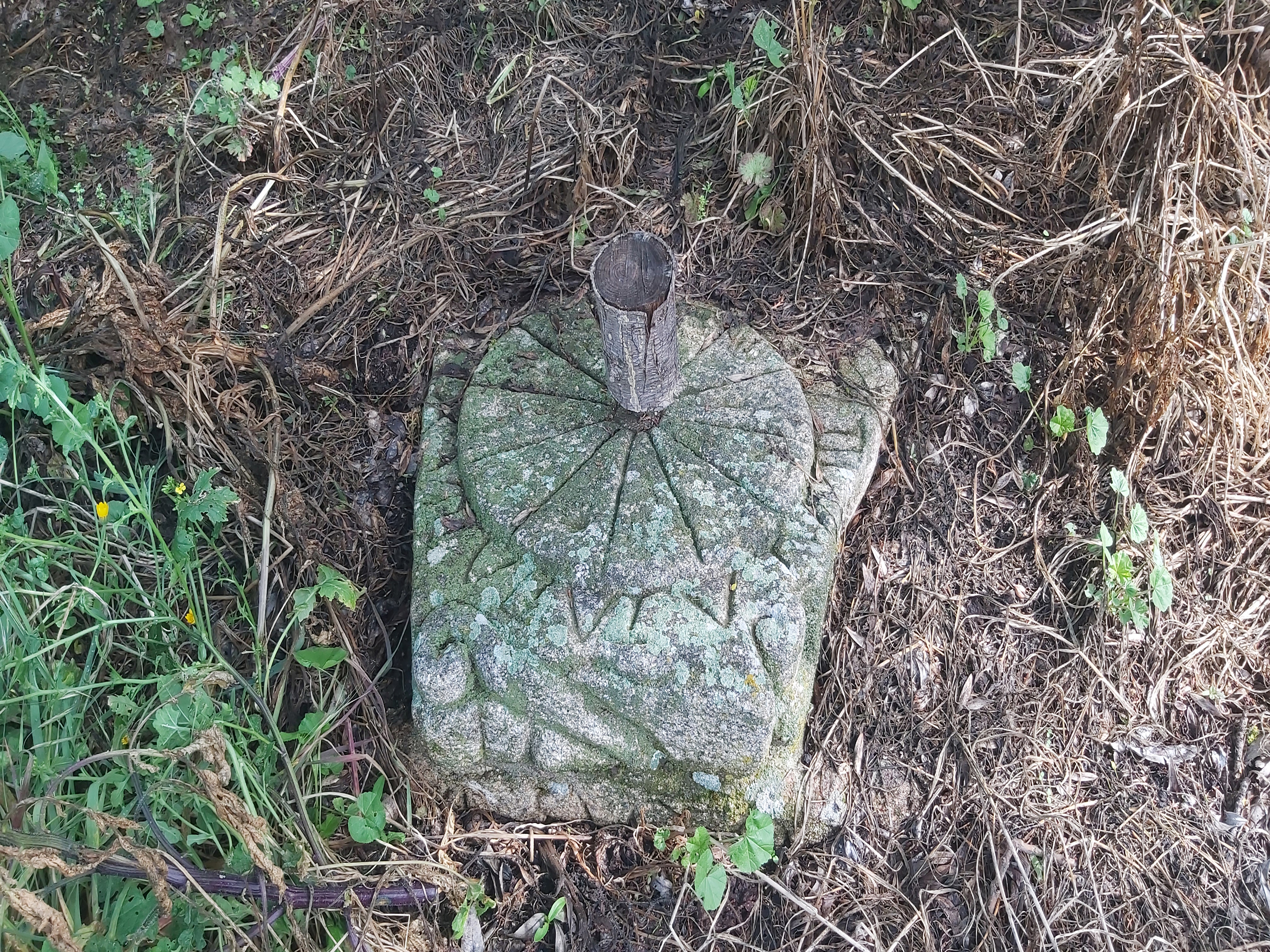

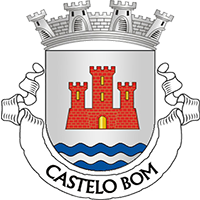
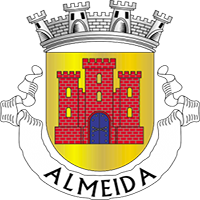
.jpg)
